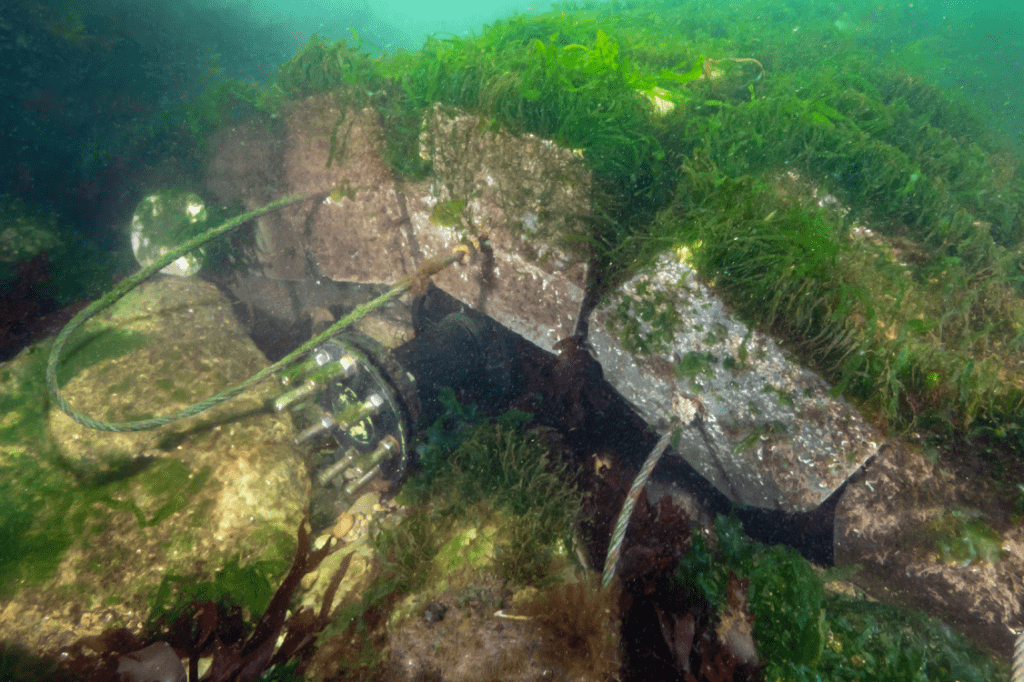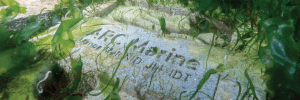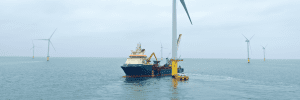Around the UK and beyond, conservation projects are proving how resilient the ocean can be when given the chance to recover.
At ARC marine, we believe those same principles can guide the way we build and protect our coasts, ports and offshore assets.
Conservation shows what’s possible
From oysters restored in Wales to new Marine Protected Areas in Scotland, recent work by the Marine Conservation Society and its partners has shown how quickly ecosystems can rebound.
Projects like the Wild Oysters Project, supported by ZSL and Groundwork, are restoring lost oyster reefs that filter water, store carbon and provide vital habitat for marine species.
Each of these projects demonstrates what happens when conservation takes the lead. They show that if we create the right conditions, the ocean knows how to repair itself.
Turning restoration principles into design standards
At ARC marine, we are building on that foundation.
We bring conservation thinking into construction, bridging the gap between local restoration projects and large-scale marine infrastructure.
With in-house scientists, ecologists and engineers, we develop science-backed subsea protection systems that combine habitat creation with industry performance requirements.
Nature-Inclusive Design in action
From Reef cubes® that transform hard infrastructure into artificial reef habitat, to Reef mat, our low-carbon concrete mattress engineered for cable and pipeline protection, we are showing how asset protection and ecosystem restoration can work together.
This is the principle of Nature-Inclusive Design (NID) in practice.
It is about designing infrastructure that provides ecological value from day one, supporting the recovery of marine habitats while meeting the same functional, weight and handling standards that industry depends on.
If we build with nature in mind, we can generate more than good news stories.
We can generate lasting habitats. We can restore our oceans. And more often than not, we can make that change using the same equipment, the same vessels and the same specifications that industry has always used.
Scaling restoration through industry collaboration
Industry is at a real turning point. Leaders are emerging who see biodiversity and sustainability as part of their core design strategy.
Our RESP pilot project with RWE is a first of its kind, demonstrating that ecological scour protection can safeguard both turbines and the marine life that surrounds them.
By integrating reef structures directly into scour protection zones, we’re proving how renewable energy infrastructure can double as functional habitat.
Beyond offshore wind
The same opportunity exists across every sector that interacts with the marine environment.
From ports and harbours to coastal defence projects, oyster reef restoration and subsea cable protection, Nature-Inclusive Design can be applied anywhere we build.
Whether restoring coral reef ecosystems in tropical waters or protecting cables and pipelines in temperate seas, the principles remain the same, work with nature, not against it.
🌊 Restoration at scale starts here
🔹 Got a project? Talk to our team →
🔹 Want to lead in offshore? Learn about Reef mat →
🔹 Building a resilient coastline or oyster reef? Discover Reef cubes® →




